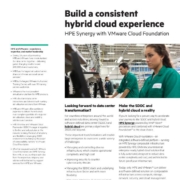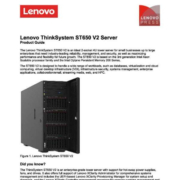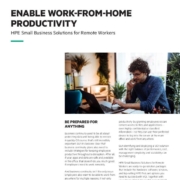Navigating the Evolution: A Comprehensive Guide to WiFi 5, WiFi 6, and WiFi 7
The wireless landscape is ever-evolving, with new WiFi standards emerging to meet the high-speed demands of modern technology. In this article, we delve deep into the differences between WiFi 5, WiFi 6, and WiFi 7, exploring how each iteration enhances user experience and supports the continuous growth in data consumption.
WiFi Generations Unveiled: Specifications, Strengths, and Suitability
As we journey through the evolution of WiFi technology, it’s imperative to delineate the specifications, enhancements, and ideal environmental applications distinguishing WiFi 5 (802.11ac), WiFi 6 (802.11ax), and the burgeoning behemoth, WiFi 7 (802.11be). Each generation marks a formidable leap forward in addressing the insatiable demand for faster data rates, reduced latency, and more efficient, high-density connectivity.
WiFi 5 (802.11ac) laid the groundwork for high-speed wireless connectivity, emphasizing individual user throughput. Operating exclusively in the 5GHz band, it introduced wider channel bandwidths up to 160 MHz and enhanced modulation with 256-QAM, offering a maximum theoretical speed up to 3.5 Gbps. While a revolutionary step forward, its design mainly caters to boosting personal and home network performance.
Transitioning from WiFi 5 to WiFi 6 (802.11ax) represents a pivotal shift from prioritizing individual device speed to enhancing overall network efficiency and capacity. WiFi 6 introduces Orthogonal Frequency-Division Multiple Access (OFDMA) and uplinks MU-MIMO (Multi-User, Multiple Input, Multiple Output), enabling more devices to simultaneously connect without congesting the network. Innovations such as Target Wake Time (TWT) and 1024-QAM increase battery life for devices and elevate data rates up to 9.6 Gbps, respectively. Beneficially, WiFi 6 operates in both 2.4GHz and 5GHz bands, offering flexibility for various deployment scenarios from personal use to enterprise-level applications in densely populated environments.
The upcoming WiFi 7 (802.11be) is poised to redefine wireless connectivity standards once more, potentially doubling the speeds achievable with WiFi 6 while further reducing latency. Preliminary specifications suggest the inclusion of 320 MHz channel bandwidth, improved QAM (4096-QAM), and the introduction of Multi-Link Operation (MLO), which allows simultaneous transmission across multiple bands. This generational leap is projected to cater not only to exponentially denser deployments but also to the burgeoning realm of augmented and virtual reality, gaming, and ultra-high-definition streaming. The emphasis on reducing latency and leveraging efficiency across even broader frequency ranges underscores WiFi 7’s ambitions to underpin the next era of hyper-connected environments.
In aligning infrastructure and devices with the inevitable mainstream adoption of WiFi 7, foresight and strategic planning become paramount. Given the backward compatibility inherent in these technologies, the upgrade path does not necessitate immediate obsolescence of existing installations. However, maximizing the potential of each generational leap requires a judicious assessment of current and future connectivity needs. For personal use, WiFi 5 may remain a formidable choice, whereas environments characterized by a high density of users and devices will benefit significantly from the advances offered by WiFi 6 and, eventually, WiFi 7.
In preparing for this future, investing in infrastructure and devices that are adaptable and upgradeable will ensure sustainability and relevance in the fast-evolving landscape of wireless connectivity, thus future-proofing digital environments against the rapid pace of technological advancements.
Conclusions
As we have seen, the transition from WiFi 5 through WiFi 6 to WiFi 7 showcases remarkable advancements in speed, network efficiency, and overall connectivity. While WiFi 5 made waves with its fast data rates, WiFi 6 and 7 have catalyzed the age of hyper-connectivity, emphasizing performance even in dense environments and introducing features that minimize latency. This evolution not only reflects the current needs but also paves the way for future technological innovations.






